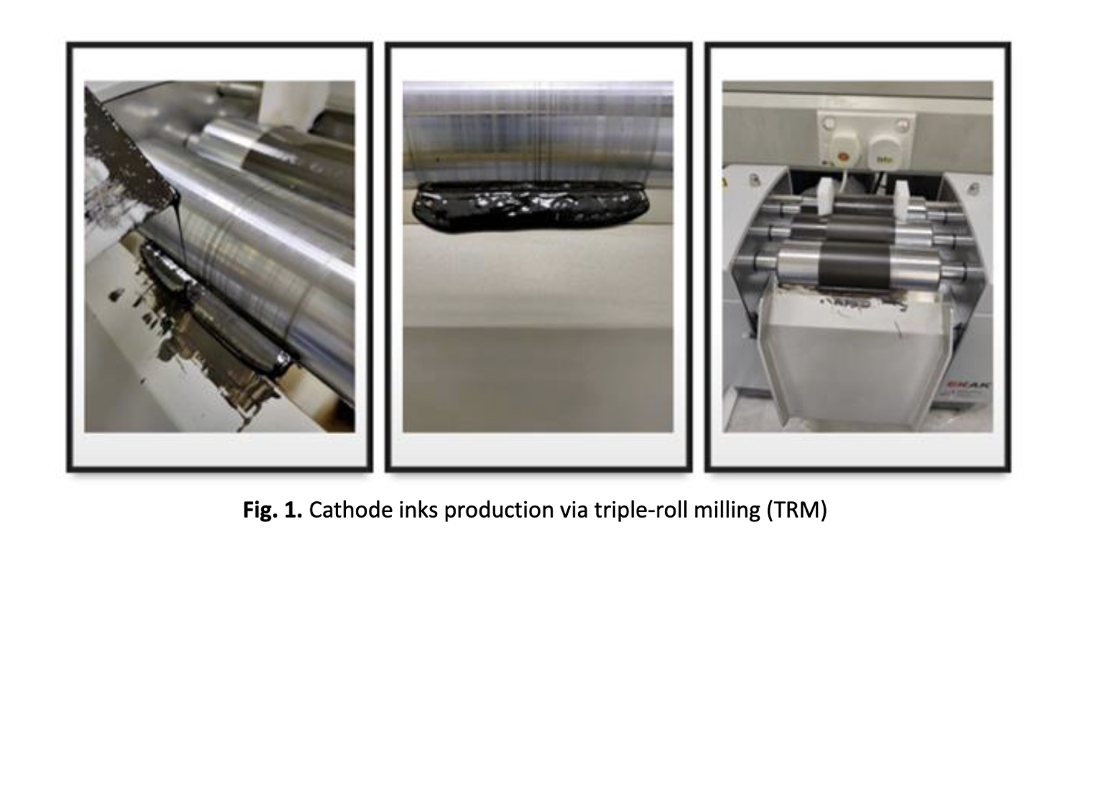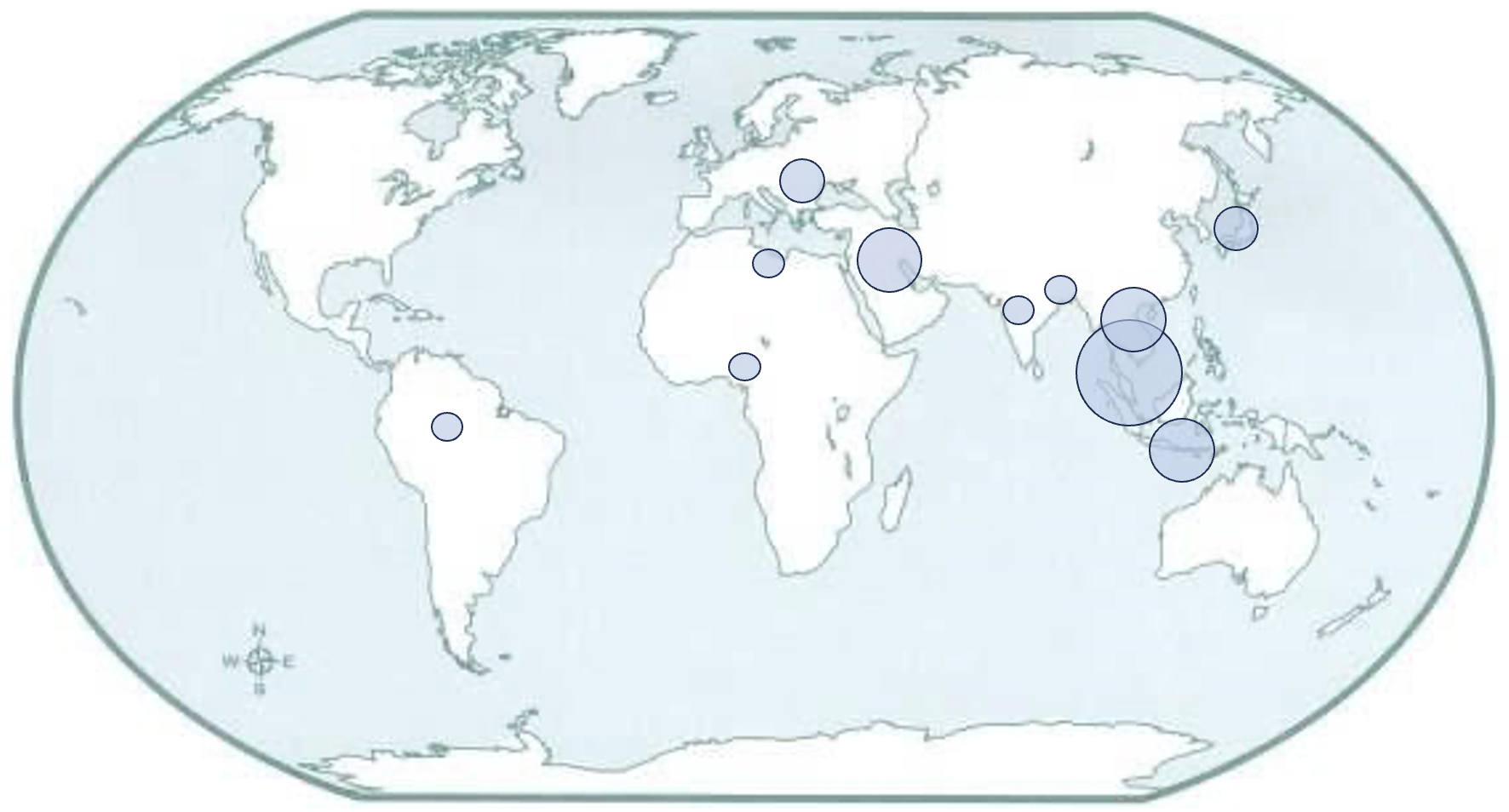Comparative Analysis of LiCo0.6Sr0.4O2 Cathode Electrochemical Performance in Oxide- and Proton-Conducting Intermediate-Temperature Solid Fuel Oxide Cells
DOI:
https://doi.org/10.37934/armne.15.1.2230Keywords:
Solid oxide fuel cell, lithium, cathode, oxide-conducting, proton-conductingAbstract
Solid fuel oxide cells (SOFCs) are made up of three main parts: anode, electrolyte, and cathode. The main challenge in SOFCs is their high operating temperature, which can reach 1000 °C and lead to cell degradation issues. To address this, the utilization of lithium-based materials is suggested for the cathode component, facilitating intermediate-temperature SOFC operation within the temperature range of 500 to 800 °C. Previous studies have demonstrated the potential of producing high-quality lithium-based cathode ink using a triple-roll mill (TRM). By employing the fabrication parameters recommended in these studies, the lithium-based cathode (LCSO) was tested in different working environments, specifically the oxide-conducting SOFC and proton-conducting SOFC. The LCSO inks were screen-printed on SDC for oxide-conducting SOFC and BCZY for proton-conducting SOFC electrolyte before the analysis. Electrochemical impedance spectroscopy (EIS) and scanning electron microscopy (SEM) are used to characterize the electrochemical performance and morphology of the LCSO cathode. Based on the results, the LCSO cathode is found to respond well in oxide-conducting SOFC environment with an area-specific resistance (ASR) value of 0.75 ohms-cm2 compared to proton-conducting SOFC which shows an ASR value higher by 11.45 ohms-cm2.









